SureFire SOCOM-4 Series—A New Fighting Suppressor
Fountain Valley, CA—SureFire, LLC, manufacturer of the world’s finest—and most innovative—illumination tools and…
Fountain Valley, CA—SureFire, LLC, manufacturer of the world’s finest—and most innovative—illumination tools and…
Shinenyx—creators of a cutting-edge fusion of digital night vision and thermal imaging technology—has…
German Precision Optics’ Passion APO is a high-performance compact spotting scope designed and…
The Mod-Navy Qual I’ve been doing this qual (or drill, or whatever the current nom…
• Built for road trips and off-road use• Manual transmission equipped• Wrapped in MultiCam Arctic…
I designed the Button Man to give shooters a low-round-count, low-light-engagement drill that involved both…
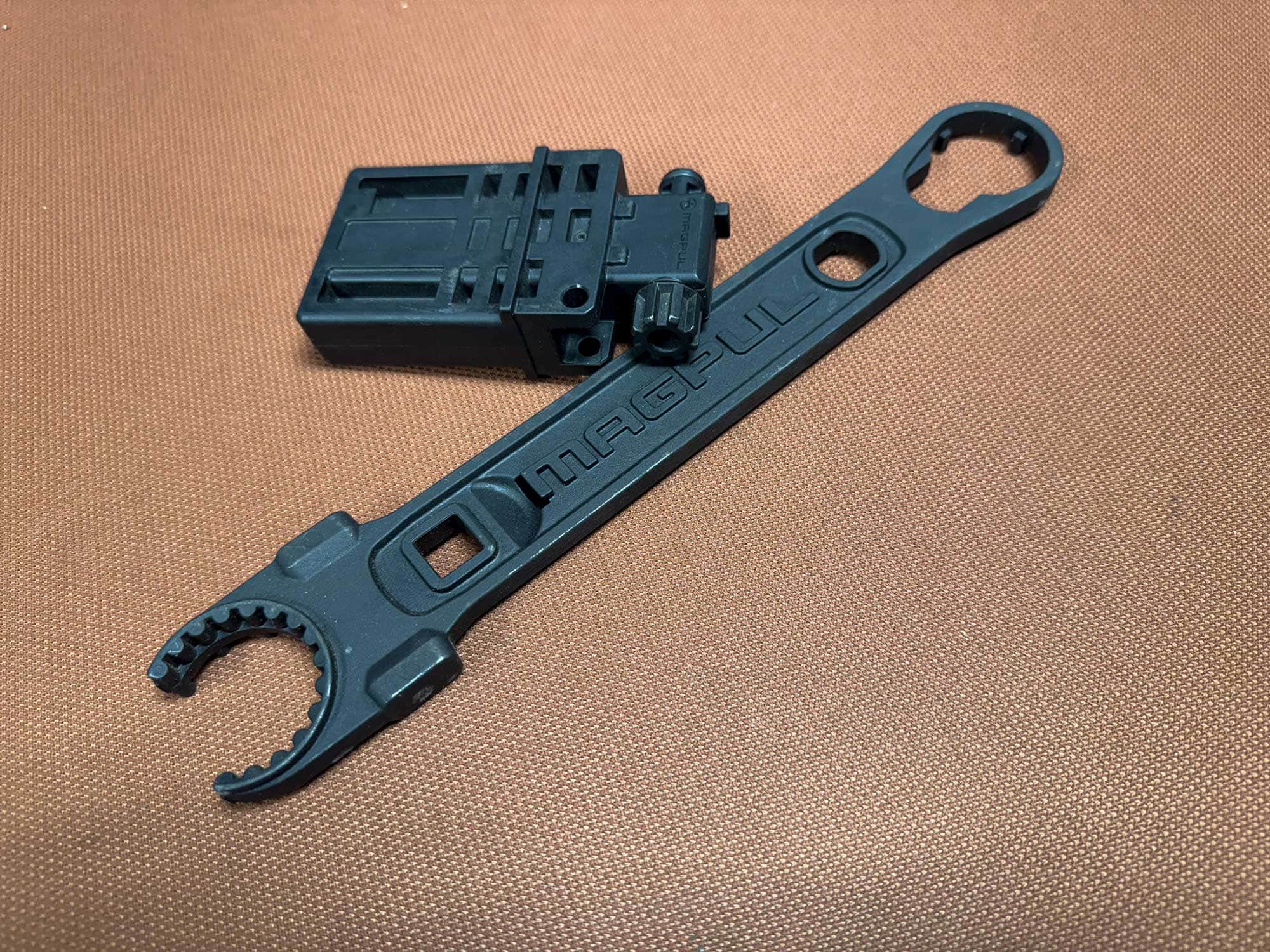
If you’re interested in assembling or working on your own AR, you’re going to need some tools. Obviously. There’s a wide range of standard tools that can be adapted to the process, but there are two specialized pieces that we’d call indispensable.
The first is a vise block to mount the gun on a standard bench vise, and the other is an armorer’s wrench to affix the barrel nut and receiver extension and/or castle nut at the front and rear, respectively, of the receiver set.
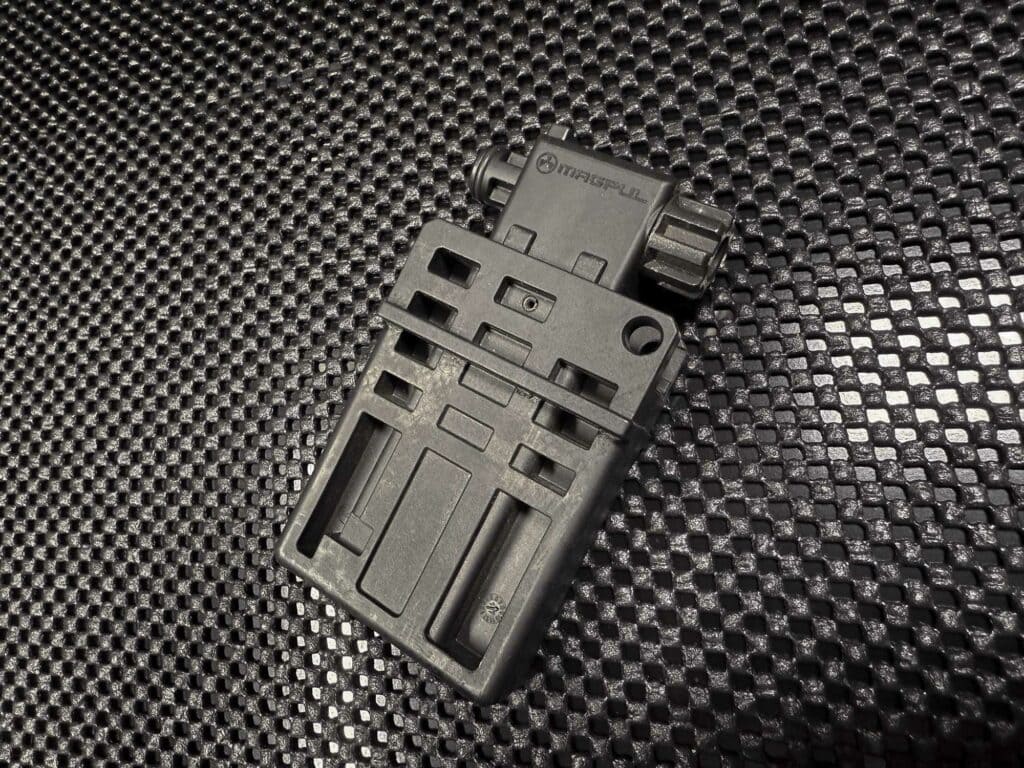
As most will know, a vise block is basically a rectangular, well, block, usually crafted from plastic or polymer, that’s sized and contoured to fit the lower receiver’s magwell and interface with the magazine catch (when installed) to lock the receiver into position.
The upper half hosts the receiver while the lower half is secured by the vise jaws. This mounts the lower receiver horizontally and makes it possible to easily access virtually every feature, install parts, and service the firearm after it’s fully assembled.
Magpul’s BEV accomplishes this first task, but it has the added benefit of being dual-use because you can also flip it around and use it to secure your upper receiver to install barrels, barrel nuts, handguards and muzzle devices. This function is in fact what gives the block its name—Barrel Extension Vise (BEV).
The BEV’s upper receiver interface features eight hardened lugs on one side that engage the barrel extension directly. An integral, full-length steel shank reinforces the block top to bottom. This spares your upper receiver’s takedown lugs, barrel index pin and threaded barrel nut collar by channeling the stress from torque application into the barrel itself.
An O-ring post opposite the barrel extension post can be augmented with any standard bolt carrier—first disassembled with the bolt, firing pin and cam pin removed so it’s just the carrier body itself—that you slide into the receiver backward and onto the post to provide additional support for the receiver.
The O-ring helps seal the carrier in place so it functions in tandem with the barrel extension and transforms the BEV into something more akin to a reaction rod. We should note that your bench vise will need about 2.5 inches of throat depth in order to properly clamp the BEV and use it in this way.
Finally, Magpul includes a polymer pin that slides through the hole on the BEV’s forward (barrel) side and secures the upper receiver’s pivot lug, providing further stability and positioning the receiver so that the barrel extension lugs properly engage the barrel itself.
While we have since moved on to a reaction rod for barrel nut and muzzle device installation and removal, we have used the BEV to perform both tasks many times and we can say that it does work as advertised. Things may feel a little more dicey when attaching a comp or flash hider, particularly on 14- to 16-inch (or longer) barrels. Working as you are way out at the end of the barrel, the upper assembly might tend to shift a bit since it’s positioned up above the vise jaws. This is opposed to using a reaction rod that puts the receiver, and thus the rod itself, directly in-line with the clamped vise jaws.
But overall, the BEV accomplishes its mission. It remains our go-to unit when mounting a lower and performing cleaning, basic maintenance, and the installation of controls, trigger groups or buffer tube assemblies. If you want or need a single unit to host either receiver for assembly or maintenance, you’ll want to pick one of these up.
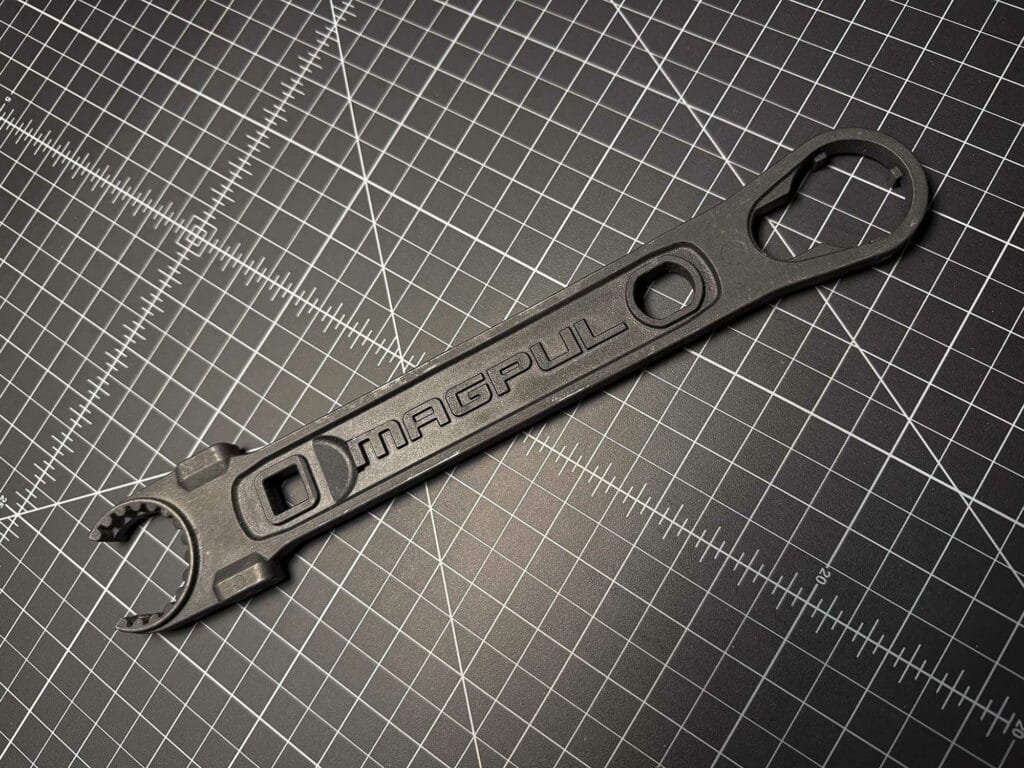
Beside the vise block, you’ll likely need one other specialty tool to really up your AR maintenance and assembly game: an armorer’s wrench. Magpul makes one of these too, aptly called Armorer’s Wrench—AR15/M4. Speaking generally, an armorer’s wrench is a multi-tool designed to accomplish a variety of tasks, and many of them look exactly like that… an amalgam of various radii, slots and tabs all crammed into one weird-looking device.
By contrast, the Magpul armorer’s wrench mimics your standard two-sided mechanic’s wrench. One end is for the barrel nut, the other is for the receiver extension (buffer tube) and castle nut. While there are about as many barrel nuts out there as there are handguards, Magpul’s barrel nut fitting is designed for Mil-standard or pin-style barrel nuts.
This end incorporates two hammer faces in case you need to give something a whack, and further down it incorporates a slot for a ½” drive torque wrench. All relevant USGI torque specs are embossed on the wrench body for quick reference.
The opposite end will fit rifle receiver extensions and standard castle nuts for carbine tubes, the three tabs easily interfacing with three of your four notches on the nut. Since this end is closed, rather than open as with other wrenches on the market, it will require some care to use so as not to mar the finish on your carbine tube.
This end also incorporates a slot that fits standard-size flash hiders like the A2. And it even includes a bottle opener for enjoying a refreshing beverage once your work is complete (“fits both metric and SAE bottle caps,” Magpul notes).
The Magpul wrench is a hefty, substantial piece, crafted from heat-treated steel with a manganese phosphate finish. It weighs a full pound and then some, so if you happen to drop it on your foot you’ll probably regret it. It doesn’t hurt that, compared to other multi-tool wrenches on the market, it looks very purposeful and totally badass.
Magpul
BEV Block
MSRP: $50
Armorer’s Wrench—AR15/M4
MSRP: $80
URL: magpul.com
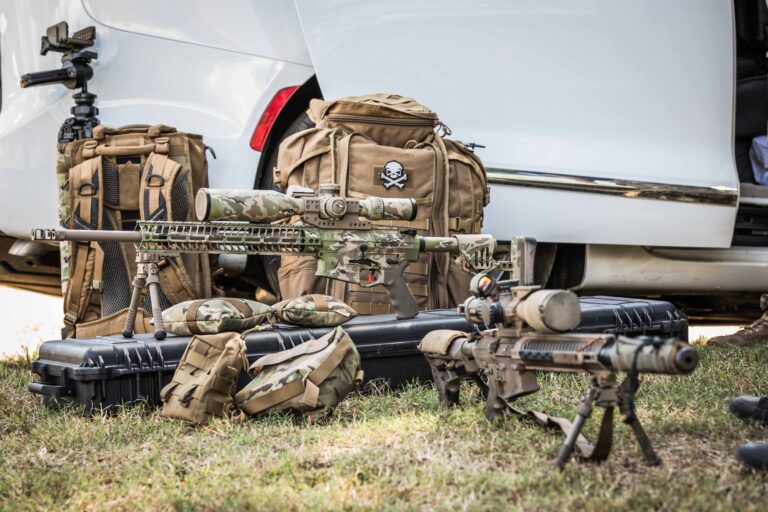
Shooting precision rifle is more than just getting behind a scoped rifle and hitting targets at will. Countless factors and variables come into play when shooting for accuracy,…
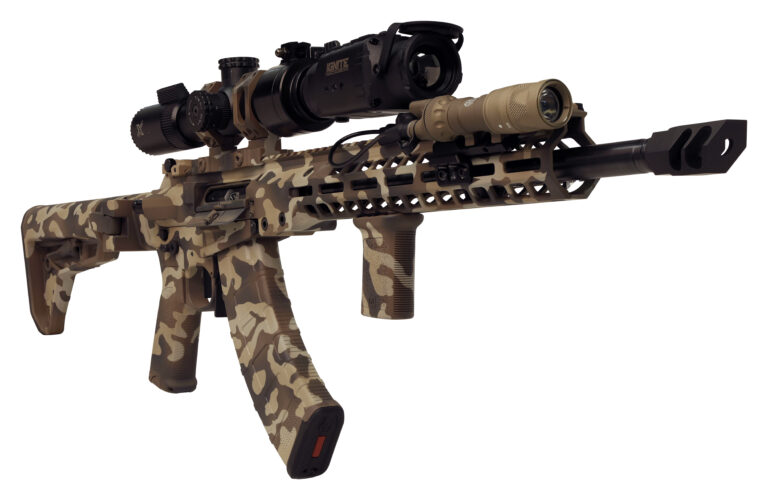
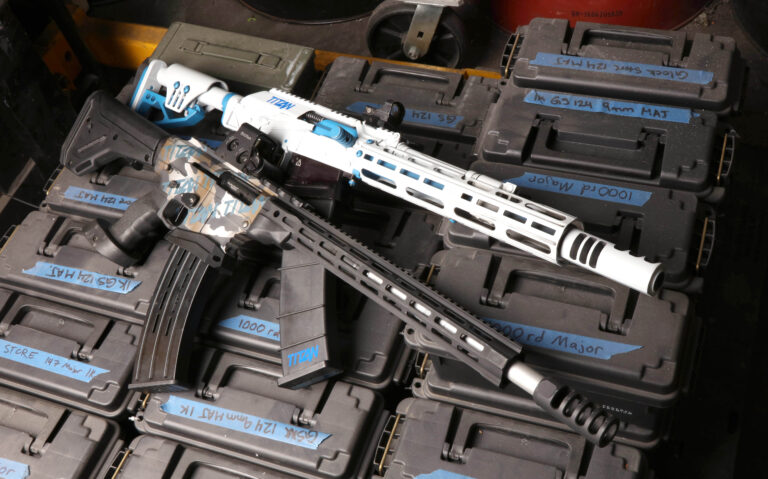
Purpose-modified for Multigun competition Magazine-fed shotguns Chambered for 12 ga. If we had to use a single word to describe the guys at Titan Ballistics, the word would…
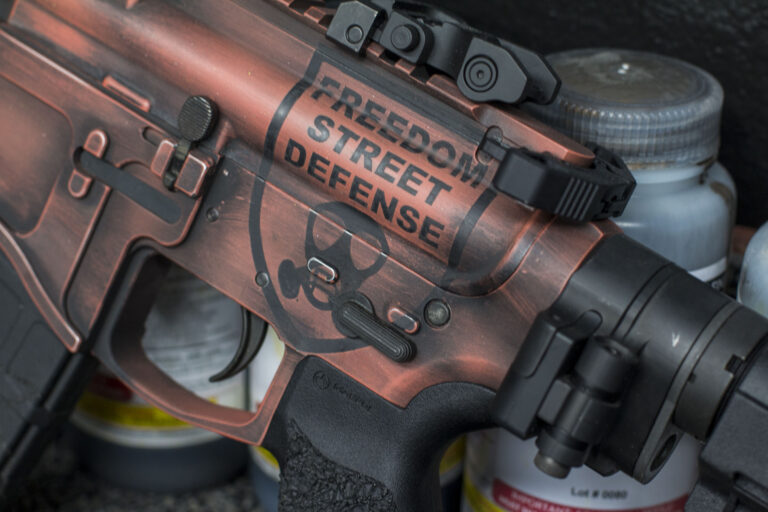
Gone are the days where plain old black rifles and wood-gripped, nickel-plated pistols ruled the firing range. While classic finishes are very much still popular with firearms enthusiasts,…
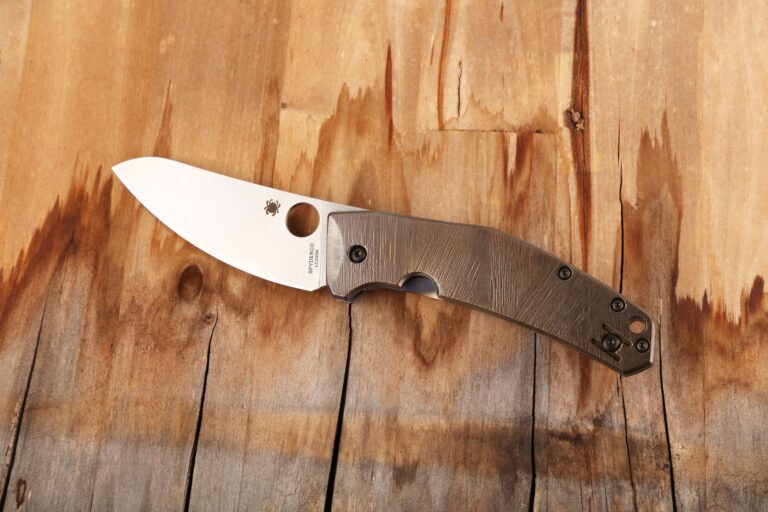
On its face, a knife is a simple tool, one seemingly as old as mankind itself. Dive deeper and you may discover that a knife isn’t quite as…

Experience & cognitive capacity In psychology, maturity is the ability to respond to the environment in an appropriate manner. Maturity also encompasses being aware of how to behave…
© 2025 UN12 Magazine
© 2025 UN12 Magazine
Wait! Don’t forget to